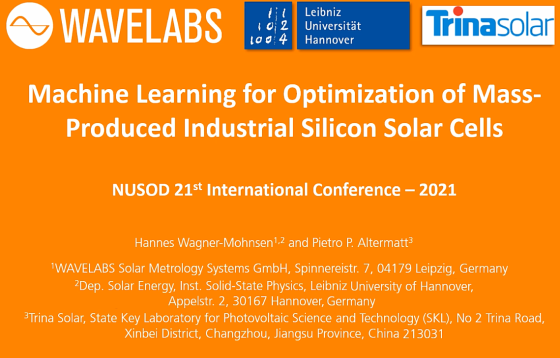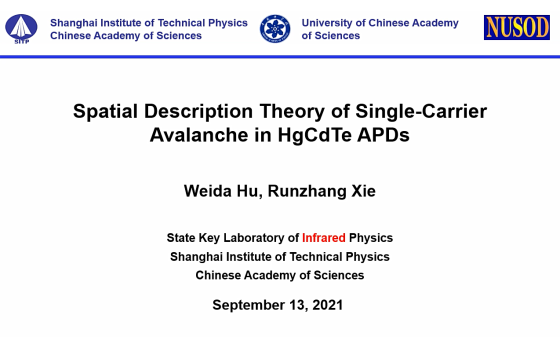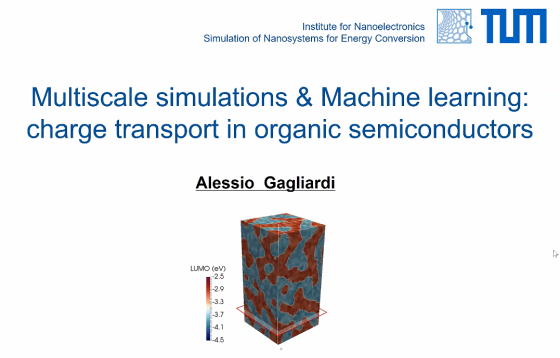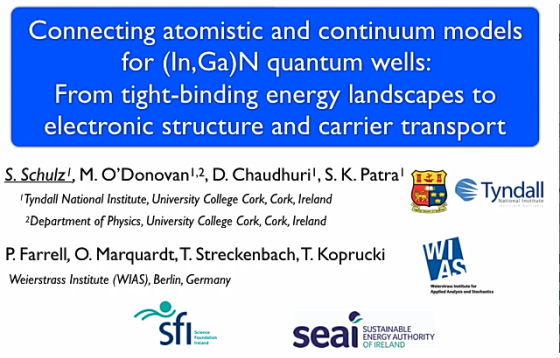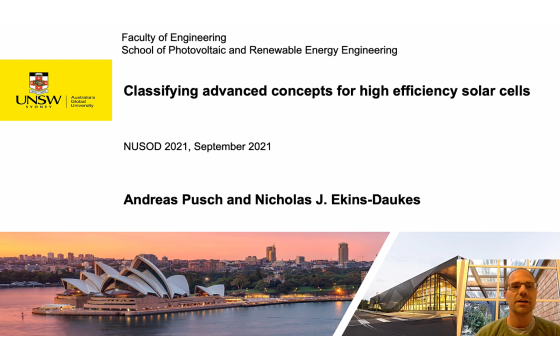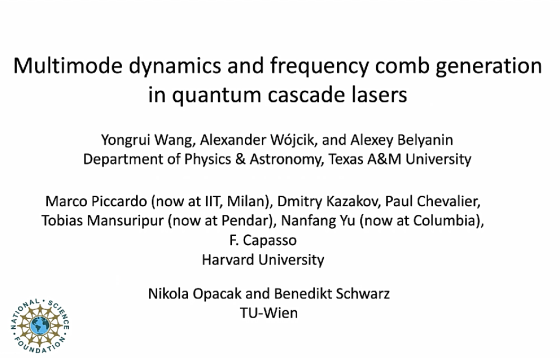SC02–Machine Learning for Optimization of Mass-Produced Industrial Silicon Solar Cells
We present a methodology where we combine numerical TCAD device modeling, machine learning and advanced statistics for getting a deeper understanding of how process variations influence device performance in mass produced crystalline silicon solar cells. For this, we use seven model input parameters that affect the mainstream solar cell design (PERC) and its performance the […]




